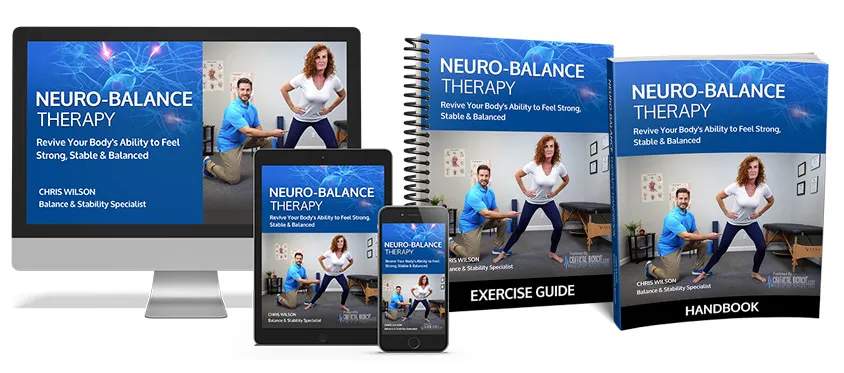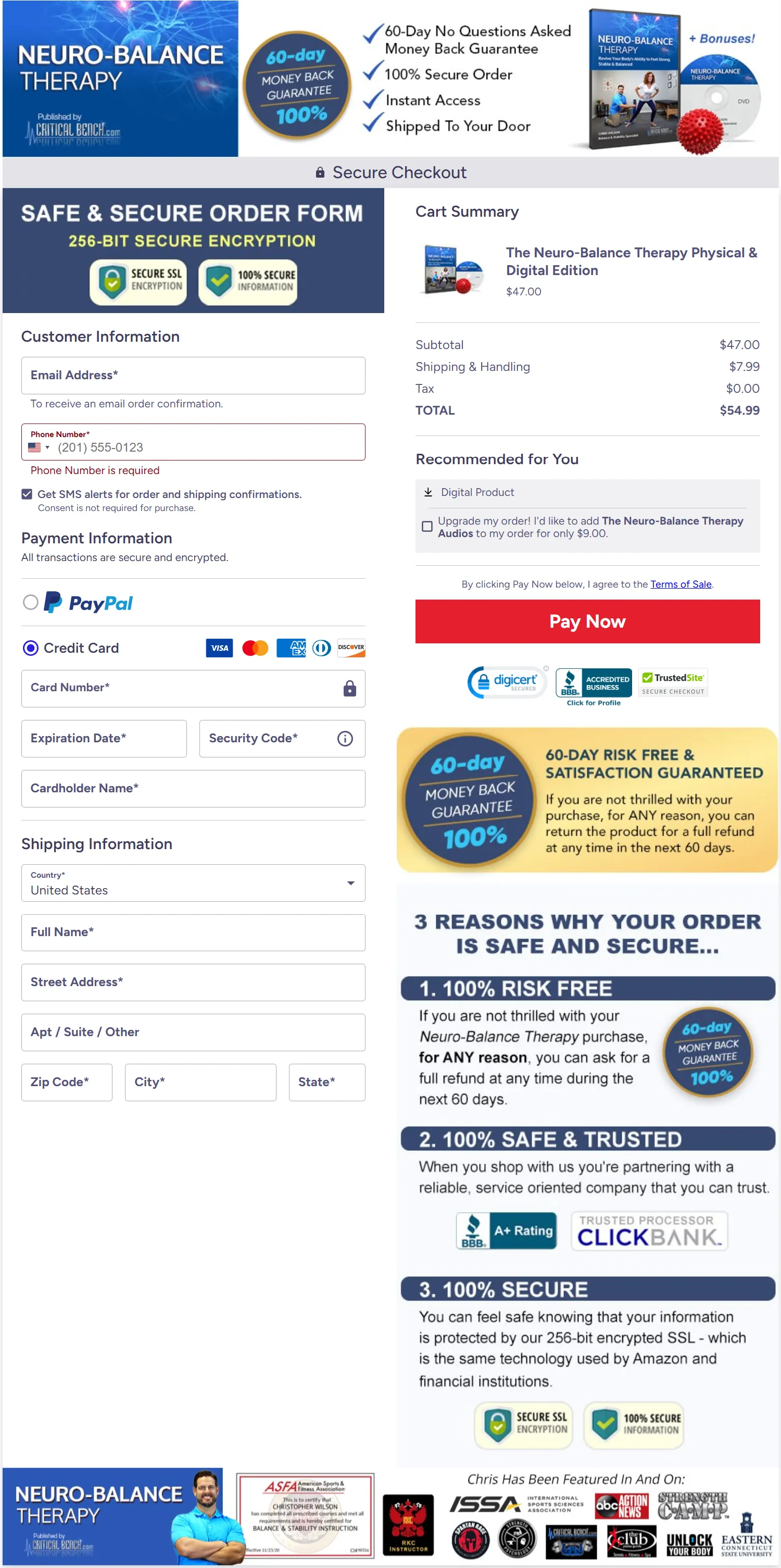1. Set Up Your Environment
● Choose a quiet, comfortable space free of distractions.
● Have basic support available if needed (e.g. a chair or a sturdy wall) to help with stability during exercises.
2. Use the Spiky / Spike Ball First
● Begin each session with a brief warm-up using the included spike (spiky) ball. Rolling or applying pressure with the ball under bare feet helps stimulate the deep peroneal nerve which plays a crucial role in balance.
● The warm-up with the ball is typically short (about 1 minute) but important to activate the nerve pathways.
3. Follow Guided Daily Exercises
● The program includes a set of exercises structured in levels such as beginner, intermediate, and advanced. You start at a comfortable level and gradually move up as your balance improves.
● Daily sessions are designed to take about 10-15 minutes.
Exercises are balance drills, strength movements (foot, ankle, lower leg), flexibility and coordination tasks.
4. Consistency is Critical
● The program emphasizes doing the exercises daily or nearly daily for best results.
● Regular use over several weeks shows better improvements in stability, coordination, and balance. Many users report noticeable changes within 2-3 weeks, or more stable footing as the weeks pass.
5. Progression
● As your balance, strength, and nerve responsiveness improve, the difficulty of some exercises increases. More challenging balance tasks or more dynamic movements become possible.
● Monitoring progress (how stable you feel, fewer stumbles, more confidence walking) helps you know when to move to more advanced levels.
6. Tools and Materials
● The program offers both video coaching sessions and a detailed manual / guide (digital and/or physical) showing each exercise, the rationale (why it works), pictures, and instructions.
● No gym membership or expensive equipment is needed beyond the spike ball.
7. Safety & Suitability
● The exercises are low-impact and generally safe for a wide range of users, including seniors, people with limited mobility, etc.
● If you have pre-existing medical conditions, injuries, or concerns, consulting with a health professional before starting is advised. (This is a typical caution on such programs).
8. Expected Time Frame & What To Look For
● Many users report improvements in balance, stability, walking confidence within 2-3 weeks. More pronounced changes may take 4-6 weeks with consistent daily practice.
● Look for signs like: fewer unsteady moments, less reliance on support (wall/chair), better foot sensitivity, feeling more secure in your steps.











